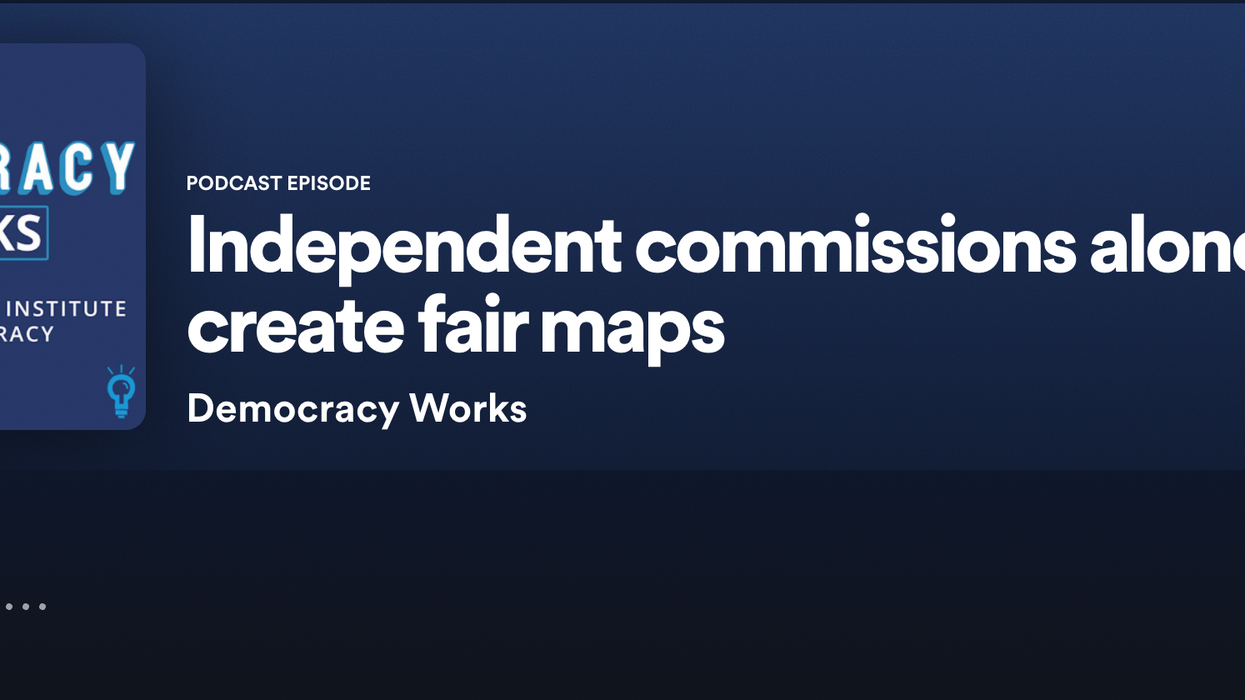Discussions on gerrymandering often call for the creation of independent redistricting commissions to draw electoral maps. But in this episode of the Democracy Works podcast from the McCourtney Institute for Democracy, Christopher Fowler explains that plan is just part of a bigger solution to gerrymandering.
Podcast: Independent commissions alone can't create fair maps





















